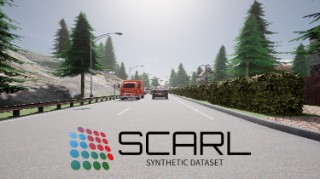
Fraunhofer FHR presents the latest development in the field of highly integrated radar technology: the µRadas demonstrator. This is a resource- and energy-efficient, microcontroller-based radar sensor with integrated signal processing. With this real-time signal processing for highly accurate distance measurements at measurement rates of up to 4 kHz, it demonstrates the application readiness of highly integrated radar sensors for industrial process monitoring and quality assurance.
more info

